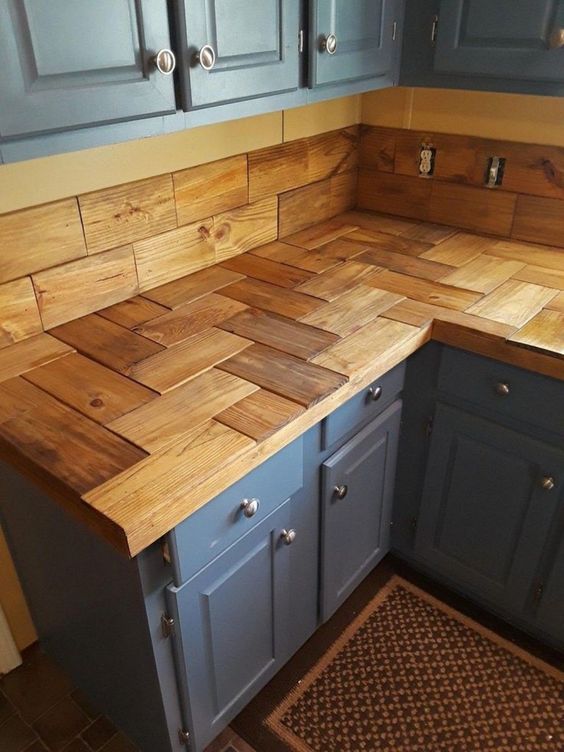1. How to Replace a Countertop Kitchen Sink
If you're tired of your old, worn-out kitchen sink, it may be time for a replacement. The good news is that you can easily replace a countertop kitchen sink on your own, without having to hire a professional. With the right tools and some basic knowledge, you can have a new sink installed in no time.
First, start by turning off the water supply to your sink. This can usually be done by turning off the valves under the sink or shutting off the main water supply to your house. Once the water is off, you can begin the process of removing the old sink.
Next, use a utility knife to carefully cut through the caulk around the edges of the sink. Then, use a wrench to loosen and remove any clamps or brackets holding the sink in place. With the sink free, you can lift it out and set it aside.
2. DIY Guide: Replacing a Countertop Kitchen Sink
Replacing a countertop kitchen sink on your own can save you time and money. However, before you dive into the project, it's important to have a plan in place. Start by measuring the dimensions of your current sink and the hole in your countertop to ensure that your new sink will fit properly.
Once you have your new sink, you can begin the installation process. First, place the sink upside down on your countertop and trace the outline with a pencil. Then, using a jigsaw, carefully cut out the hole for the sink. Next, apply a thin bead of caulk around the edge of the hole to create a watertight seal.
Finally, place the new sink into the hole and secure it with clamps or brackets. Reconnect the plumbing and turn the water supply back on. With a little bit of elbow grease, you can have a new sink installed in just a few hours.
3. Step-by-Step Tutorial for Replacing a Countertop Kitchen Sink
If you're a visual learner, a step-by-step tutorial may be the best way for you to learn how to replace a countertop kitchen sink. There are many online resources available that provide detailed instructions and videos to guide you through the process.
One important step to note in the tutorial is the type of sink you choose to install. There are drop-in sinks, undermount sinks, and farmhouse sinks, each with their own installation process. Make sure to choose a sink that fits your personal style and is compatible with your countertop before starting the project.
Additionally, the tutorial will walk you through the process of removing the old sink, preparing the new sink for installation, and securing the new sink in place. With clear instructions and visuals, you can feel confident in completing the project on your own.
4. Tips for Replacing a Countertop Kitchen Sink
Replacing a countertop kitchen sink may seem like a daunting task, but with these helpful tips, the process can be much smoother. First, make sure to have all the necessary tools and materials before starting the project. This includes a wrench, utility knife, caulk, and a jigsaw.
Another important tip is to be patient and cautious during the removal and installation process. Rushing through the steps can lead to mistakes and potential damage to your countertop or new sink. Take your time and follow the instructions carefully to ensure a successful replacement.
Lastly, don't be afraid to ask for help if you need it. Enlist the help of a friend or family member to make the project more manageable, especially when lifting and securing the sink into place.
5. The Best Way to Replace a Countertop Kitchen Sink
When it comes to replacing a countertop kitchen sink, there is no one "right" way to do it. The best way will depend on your personal skill level, the type of sink you are installing, and your specific kitchen setup.
Some people may prefer to hire a professional to ensure a seamless installation, while others may feel confident in completing the project on their own. It's important to weigh the pros and cons and choose the method that works best for you and your budget.
Ultimately, the best way to replace a countertop kitchen sink is the way that results in a functional and visually appealing new sink in your kitchen.
6. What You Need to Know Before Replacing a Countertop Kitchen Sink
Replacing a countertop kitchen sink may seem like a simple task, but there are a few important things to know before starting the project. First, make sure to choose a sink that fits your existing countertop and plumbing. This will save you time and money in the long run.
Next, be aware of any potential plumbing issues or repairs that may need to be addressed before installing the new sink. It's also a good idea to measure the space under your sink to ensure that your new sink will fit comfortably.
Lastly, consider the material of your new sink. Stainless steel and porcelain sinks are popular choices, but there are also options made of granite, quartz, and other materials. Choose a sink that not only fits your style, but is also durable and easy to maintain.
7. Replacing a Countertop Kitchen Sink: Common Mistakes to Avoid
While replacing a countertop kitchen sink may seem like a straightforward process, there are a few common mistakes that can occur. One of the most common mistakes is not properly sealing the sink to the countertop, which can lead to water damage and leaks.
Another common mistake is not securing the sink properly, leading to a wobbly or unstable sink. It's also important to make sure that the sink is level before securing it in place. Additionally, not measuring the hole in the countertop accurately can result in a sink that doesn't fit properly.
By being aware of these common mistakes and taking the time to carefully follow the steps, you can avoid any potential issues and successfully replace your countertop kitchen sink.
8. How to Choose the Right Replacement Sink for Your Countertop
When it comes to choosing a replacement sink for your countertop, there are a few factors to consider. First, the size and shape of your current sink will determine the type of sink you can install. For example, if you have a drop-in sink, you will need to replace it with another drop-in sink.
Next, consider the style and material of your new sink. This will depend on your personal preference and the overall aesthetic of your kitchen. Stainless steel or porcelain sinks are popular choices, but there are also options made of granite, quartz, and other materials.
It's also important to choose a sink that is compatible with your plumbing and countertop material. By taking these factors into consideration, you can find the perfect replacement sink for your countertop.
9. The Benefits of Replacing Your Countertop Kitchen Sink
Replacing your countertop kitchen sink may seem like a daunting task, but the benefits are worth it. A new sink can not only improve the functionality of your kitchen, but it can also add a fresh and updated look to the space.
Replacing an old, worn-out sink can also help prevent leaks and water damage, saving you money on potential repairs in the long run. Additionally, if you're planning on selling your home in the future, a new sink can increase the value and appeal of your kitchen.
Overall, the benefits of replacing your countertop kitchen sink far outweigh the initial effort and cost of the project.
10. Professional vs. DIY: Which is Better for Replacing a Countertop Kitchen Sink?
When it comes to replacing a countertop kitchen sink, the decision to hire a professional or do it yourself ultimately depends on your personal skill level and budget. Hiring a professional can save you time and ensure a seamless installation, but it can also be more costly.
On the other hand, DIY-ing the project can save you money, but it requires some basic knowledge and skills. However, with the abundance of online resources and tutorials available, it's possible for anyone to successfully replace their own countertop kitchen sink.
Ultimately, the decision between professional vs. DIY will depend on your personal preferences and abilities. Whichever route you choose, the end result will be a beautiful and functional new sink for your kitchen.
Why You Should Consider Replacing Your Countertop Kitchen Sink

Upgrade Your Kitchen Design with a New Countertop Kitchen Sink
 If you're looking to give your kitchen a fresh new look, one of the best places to start is with your countertop kitchen sink. Not only is a sink an essential part of any kitchen, but it also plays a significant role in the overall design and functionality of the space. By replacing your old, worn-out sink with a new one, you can instantly upgrade the look and feel of your kitchen.
Improve Functionality
Over time, your kitchen sink can become worn and damaged, making it difficult to use and maintain. Whether it's cracked, stained, or has outdated features, an old sink can be a hassle to work with. By installing a new countertop kitchen sink, you can improve the functionality of your kitchen. Choose a sink with modern features and a durable material, such as granite or stainless steel, for a more efficient and enjoyable cooking experience.
Enhance Aesthetic Appeal
Another reason to consider replacing your countertop kitchen sink is for aesthetic purposes. Your sink is one of the most visible elements in your kitchen, and it can greatly impact the overall design of the space. By choosing a new sink that complements your kitchen's style, you can create a cohesive and visually appealing look. Consider the color, material, and shape of your new sink to ensure it fits seamlessly with your kitchen's design.
Increase Home Value
Replacing your countertop kitchen sink is not only beneficial for your own enjoyment, but it can also increase the value of your home. A modern and stylish sink can be an attractive selling point for potential buyers, as it shows that the kitchen has been well-maintained and updated. Additionally, a new sink can make your kitchen appear more spacious and clean, making it a desirable feature for any home.
If you're looking to give your kitchen a fresh new look, one of the best places to start is with your countertop kitchen sink. Not only is a sink an essential part of any kitchen, but it also plays a significant role in the overall design and functionality of the space. By replacing your old, worn-out sink with a new one, you can instantly upgrade the look and feel of your kitchen.
Improve Functionality
Over time, your kitchen sink can become worn and damaged, making it difficult to use and maintain. Whether it's cracked, stained, or has outdated features, an old sink can be a hassle to work with. By installing a new countertop kitchen sink, you can improve the functionality of your kitchen. Choose a sink with modern features and a durable material, such as granite or stainless steel, for a more efficient and enjoyable cooking experience.
Enhance Aesthetic Appeal
Another reason to consider replacing your countertop kitchen sink is for aesthetic purposes. Your sink is one of the most visible elements in your kitchen, and it can greatly impact the overall design of the space. By choosing a new sink that complements your kitchen's style, you can create a cohesive and visually appealing look. Consider the color, material, and shape of your new sink to ensure it fits seamlessly with your kitchen's design.
Increase Home Value
Replacing your countertop kitchen sink is not only beneficial for your own enjoyment, but it can also increase the value of your home. A modern and stylish sink can be an attractive selling point for potential buyers, as it shows that the kitchen has been well-maintained and updated. Additionally, a new sink can make your kitchen appear more spacious and clean, making it a desirable feature for any home.
Conclusion
 In conclusion, replacing your countertop kitchen sink is a simple and effective way to upgrade your kitchen design. Not only will it improve functionality and aesthetic appeal, but it can also increase the value of your home. So if you're looking to give your kitchen a makeover, consider investing in a new countertop kitchen sink. Trust us, you won't regret it.
In conclusion, replacing your countertop kitchen sink is a simple and effective way to upgrade your kitchen design. Not only will it improve functionality and aesthetic appeal, but it can also increase the value of your home. So if you're looking to give your kitchen a makeover, consider investing in a new countertop kitchen sink. Trust us, you won't regret it.







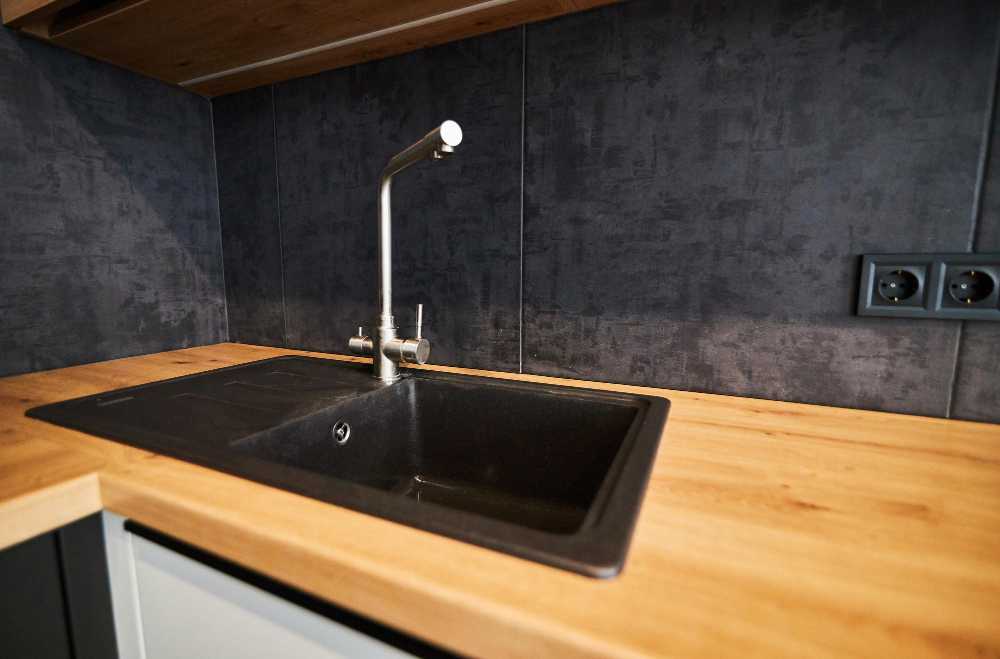















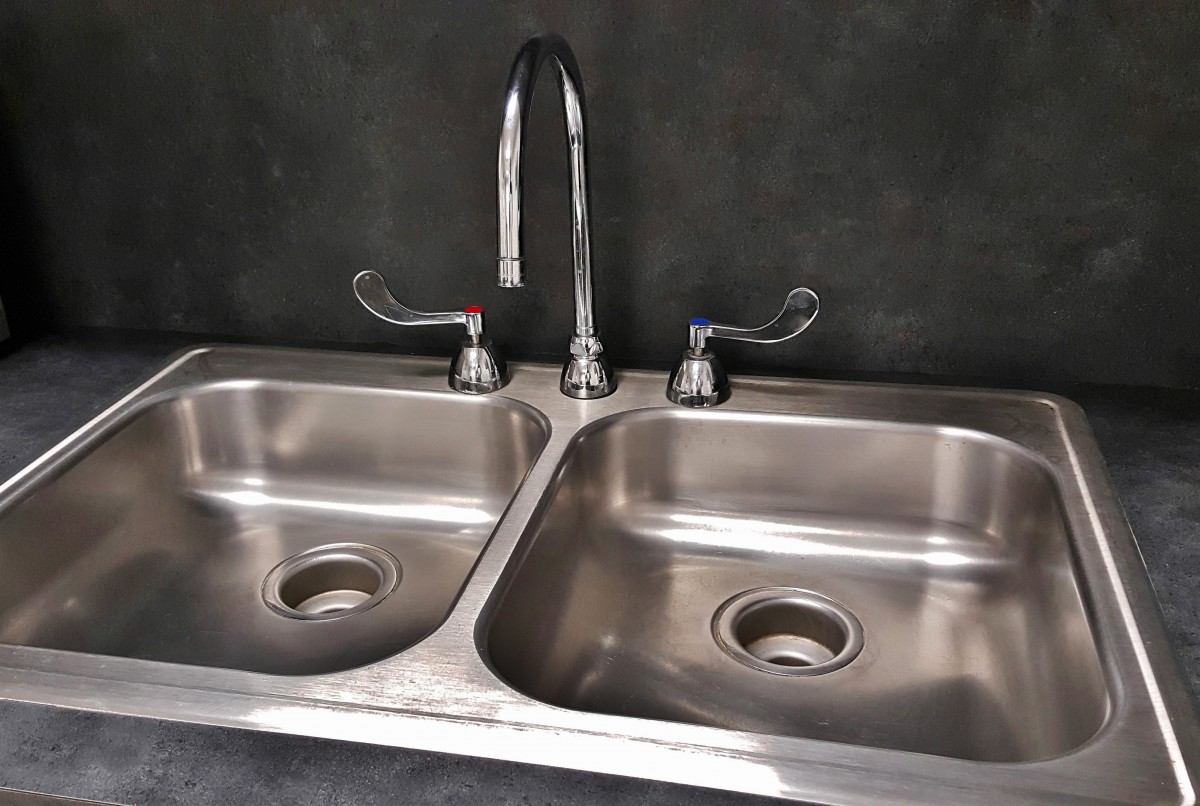





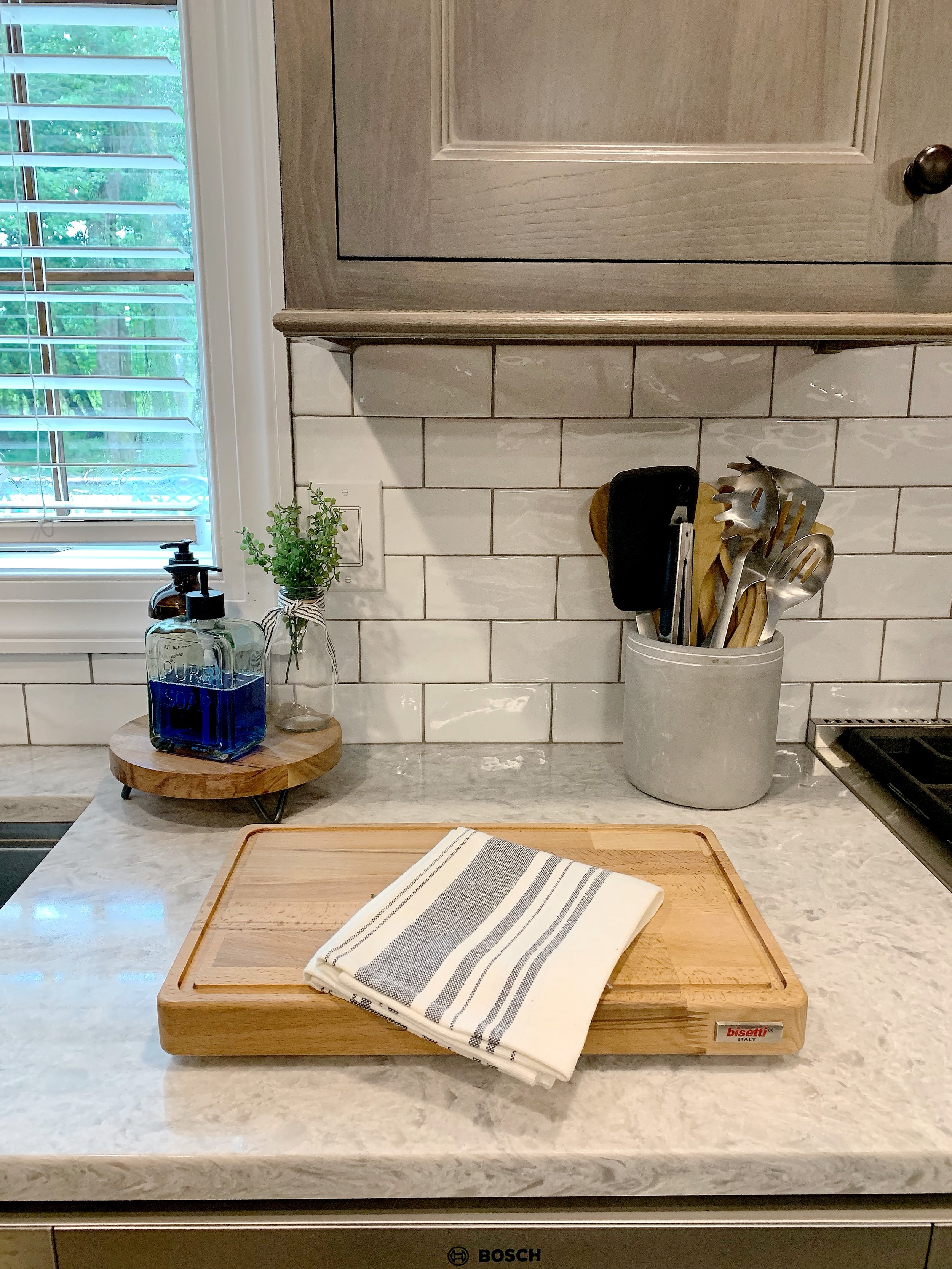










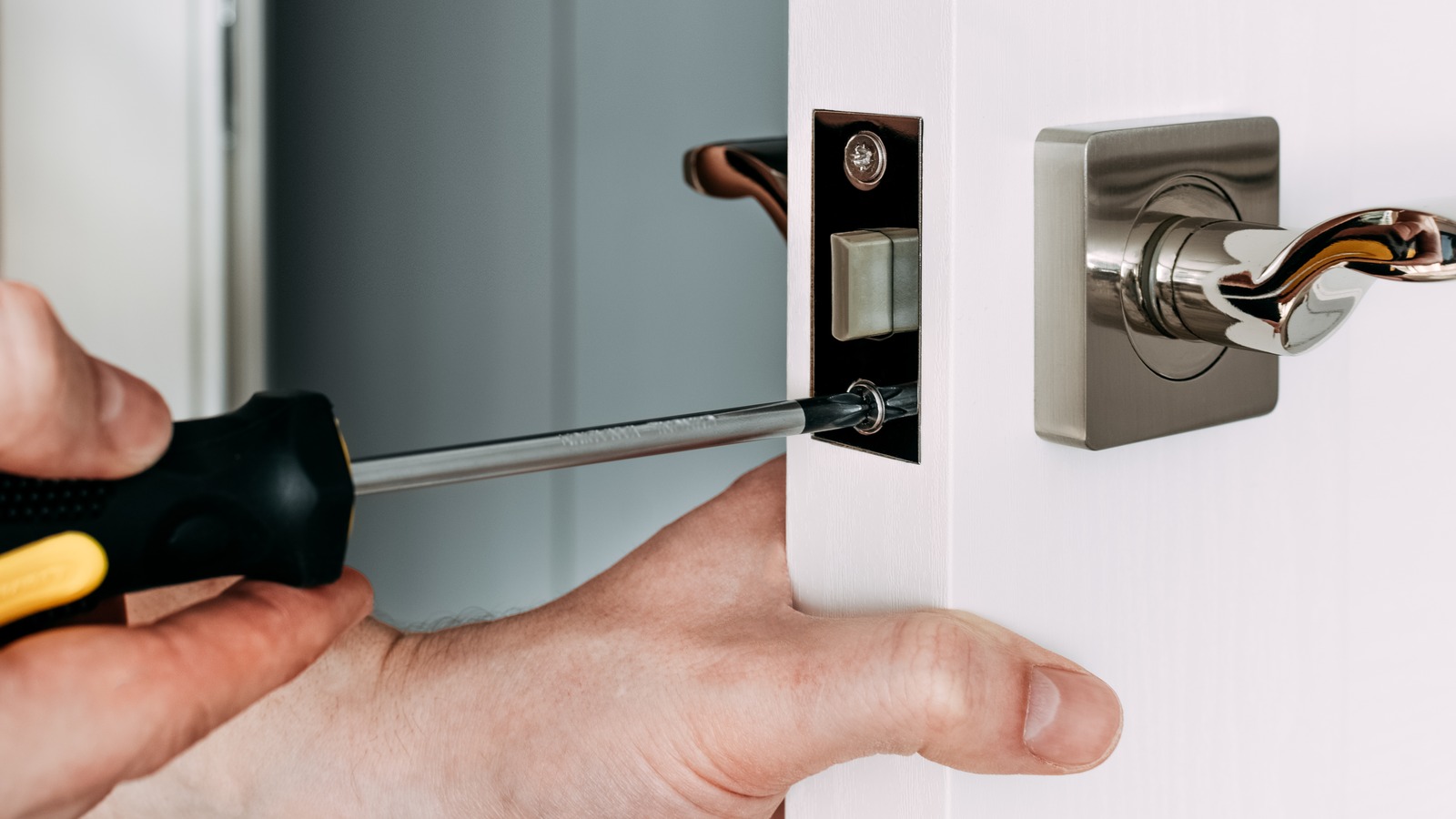
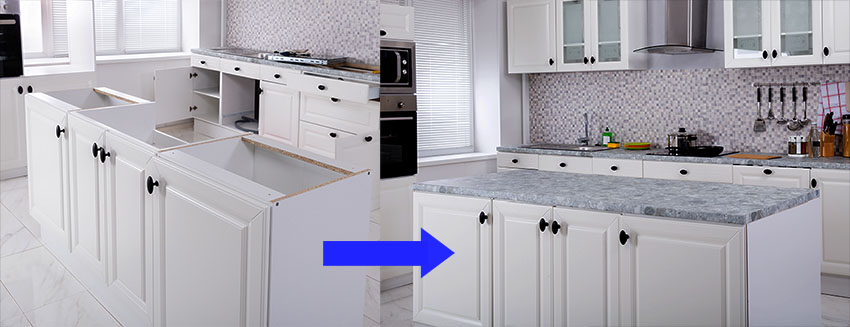




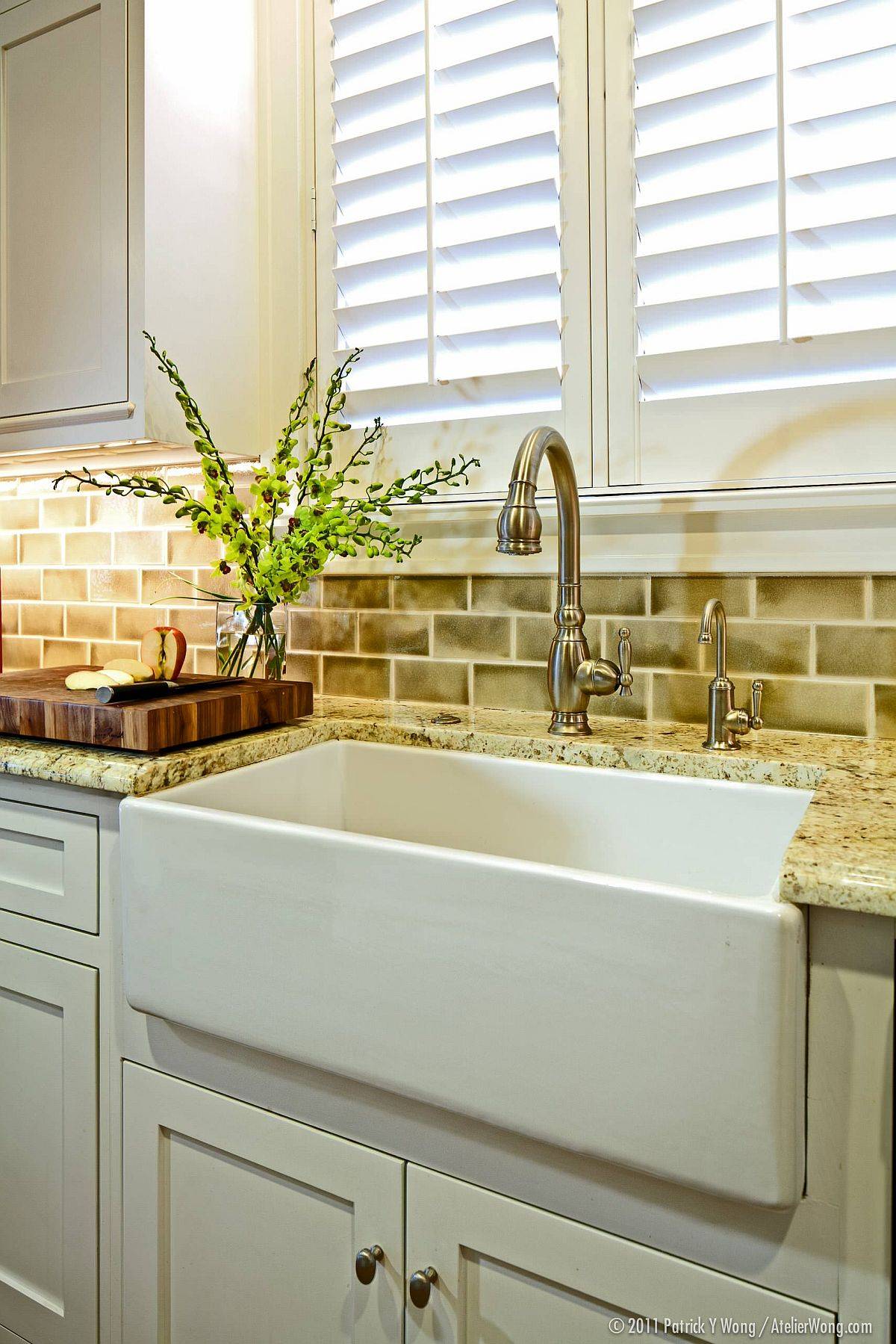





/how-to-install-a-sink-drain-2718789-hero-24e898006ed94c9593a2a268b57989a3.jpg)







